
2020 Bond Act Supports Clean Water and Jobs | A Historic Opportunity for the Adirondack Park
By: Casey Marvell - Adirondack Council Policy Fellow
Thursday, June 18, 2020
In the 2020 New York State Budget, Governor Cuomo and the Legislature worked together to authorize sending the $3 billion Restore Mother Nature Bond Act to the polls in November, where it requires final approval by the voters. This is an extraordinary chance for the state to invest in Adirondack water, wildlife and wildlands while creating quality jobs that will support local communities and protect public health. The increasingly severe impacts of climate change and the COVID-19 public health crisis are uprooting local economies, especially in minority and disadvantaged communities across the state. Now is the time that we should come together and seize this historic opportunity to help heal both our natural and human communities.
After having been passed in the state budget, the Bond Act faces two more obstacles before becoming law. First, the state Budget Director, Robert Mujica, must certify that state financial conditions warrant the Bond Act being placed on the November 2020 general election ballot for a public vote. And second, the Bond Act needs to be approved by a majority of voters in the November 3 election. Until then, the Adirondack Council, along with a diverse slate of stakeholders from across the state, will work to ensure this once-in-a-lifetime opportunity becomes a reality for current and future generations.
What is a Bond Act?
A bond act is a mechanism by which the state can borrow money to immediately fund projects. Once a bond act is approved by the voters, the state issues bonds which are purchased by investors. These bonds are essentially contracts or loans that the state will repay, with interest, to the bond holders over a period of time. The New York State Debt Reform Act of 2000 requires that bonds be repaid within at least 30 years, and bond act money may only be used for capital projects. Furthermore, bond act money may only be used for projects that fall under the description of purpose in the approved bond act legislation.
Bond acts provide an opportunity to implement significant projects at a more rapid rate, fulfilling a larger vision. In this case, the purpose is to “Restore Mother Nature,” or repair and enhance natural systems that protect public health and the environment. If the Bond Act passes in November, it will not be long until the Adirondack Park sees projects that benefit local communities, protect clean water, create jobs, preserve wildlands, and make the Park more welcoming for all.
Details of the Restore Mother Nature Bond Act
There are a variety of broad categories of environmental initiatives that can use monies from the $3 billion Restore Mother Nature Bond Act. These range from land acquisition and farmland protection to climate change mitigation and clean water infrastructure projects.
The Bond Act will revitalize New York’s natural areas, create quality jobs and save taxpayers money in the process. The Adirondack Park is poised to benefit from every aspect of the Bond Act. The $3 billion is separated into various environmental initiative categories, including dedicated funding specific to programs within overall categories. The Bond Act breaks down as follows. (Note: If individual program funds do not amount to the overall category totals, the remaining funds will be spent on other projects under the categories’ descriptions.)
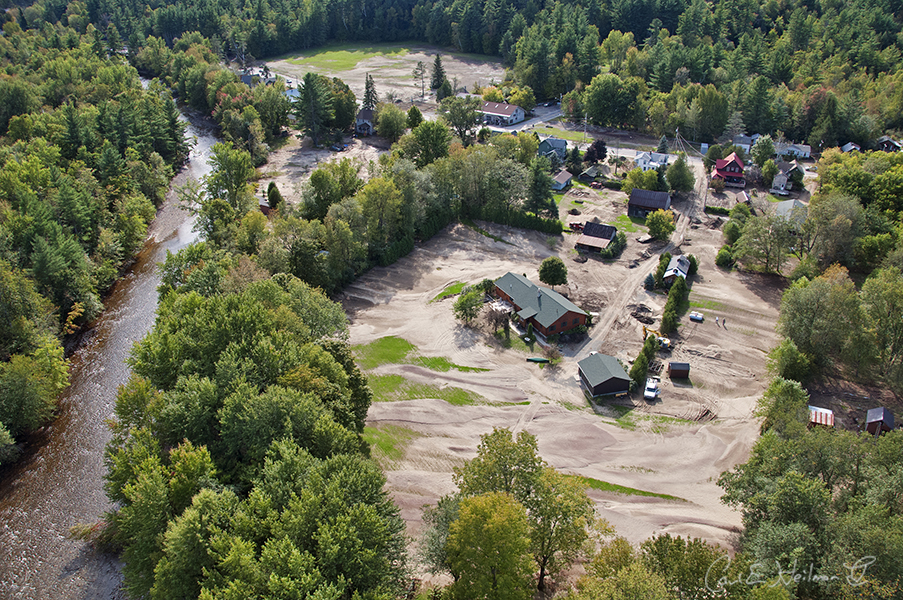 Damage from Hurricane Irene 2011
Damage from Hurricane Irene 2011
Restoration and Flood Risk Reduction: $1 billion
A portion of these funds will be dedicated to:
Voluntary Buyout Program: $250 million
Shoreline Protection: $100 million
Inland Flooding and Local Waterfront Revitalization: $100 million
Nearly every Adirondack community is located on a lakeshore or river which makes communities across the Park vulnerable to flooding. The damage done by Hurricane Irene left small Adirondack communities devastated. Due to climate change, storms like Irene are becoming more severe and occurring more often. Storms like Irene cost New Yorkers billions in damage repairs. The good news is that investing in flood risk reduction now will save money and protect Adirondack communities in the long run. This funding will be an important part of creating a more climate-resilient Adirondack Park.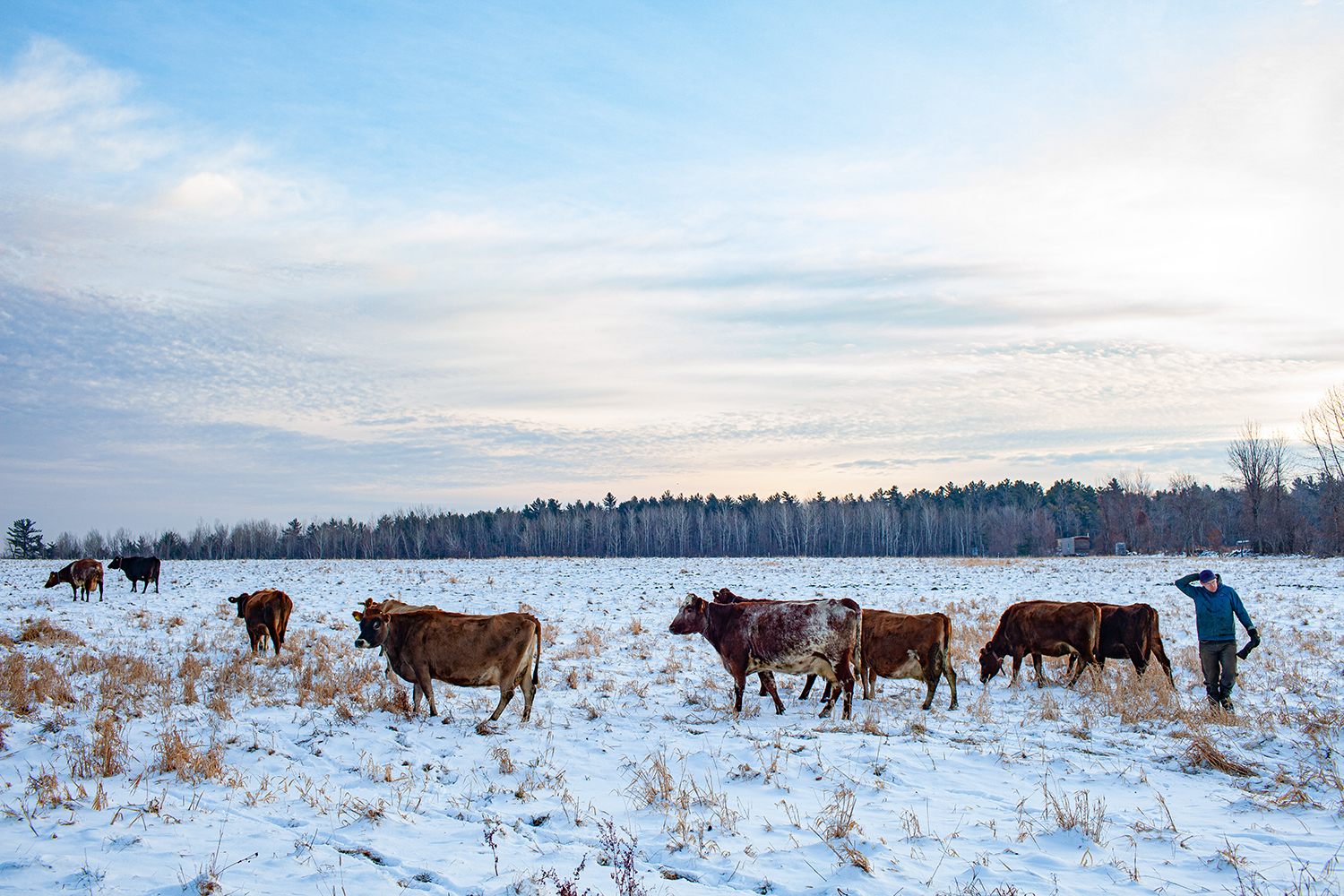 North Country Creamery – Photo by Ben Stechschulte
North Country Creamery – Photo by Ben Stechschulte
Open Space Land Conservation and Recreation: $550 million
A portion of these funds will be dedicated to:
Fish Hatcheries: $75 million
Open Space: $200 million
Farmland Protection: $100 million
The Adirondack Park is synonymous with vast open spaces that support healthy wildlife and allow for the enjoyment of clean air and the solitude of wilderness. The Bond Act may support future acquisitions of sensitive ecological areas that could become part of the “Forever Wild” Forest Preserve and aid in the role the Adirondack Park plays as a carbon sink. The Bond Act may also be used for certain much needed recreational facilities, as part of a comprehensive plan to combat overuse. Visitor interpretive centers, educational signage or kiosks and parking lots to establish adequate limits on use are all exciting possibilities that the Bond Act may fund. Farmland protection efforts not only support access to viable farmland but also support local food systems and help farmers invest in more climate-friendly agriculture methods.
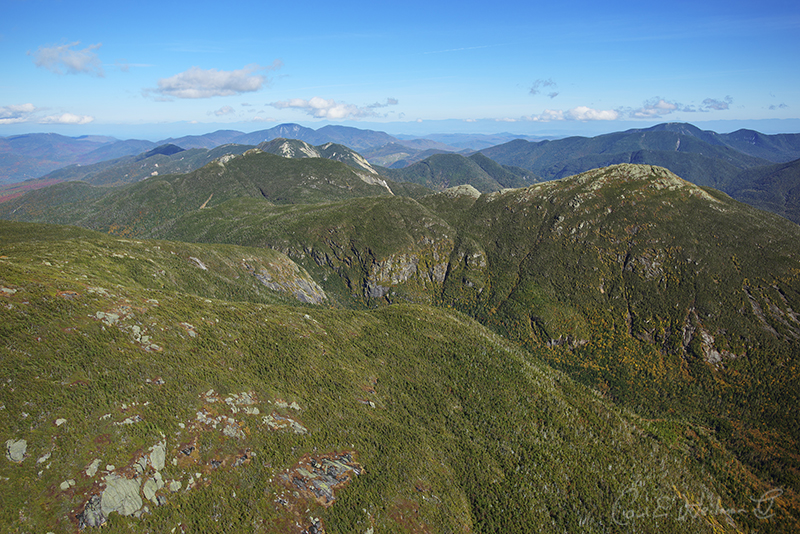
Climate Change Mitigation: $700 million
A portion of these funds will be dedicated to:
Green Buildings: $350 million
In 2019, thanks to the leadership of Governor Cuomo and the Legislature, New York passed the Climate Leadership and Community Protection Act (CLCPA). The CLCPA is a nation-leading climate change law that commits the state to specific reductions in greenhouse gas emissions and transitions the state to 100% clean energy over the coming decades. The Bond Act serves as an upfront investment to achieve CLCPA goals.
Investing in more energy-efficient buildings reduces greenhouse gas emissions and saves local communities on costly energy expenses. End-use efficiencies will be an important part of the fight against climate change and the state reaching its CLCPA goals of net-zero greenhouse gas emissions statewide by 2050. Not only will these funds be crucial to fighting climate change but they will also create quality construction jobs developing new climate-friendly buildings and upgrading existing buildings. In the Adirondacks, there are many municipal buildings over a half-century old that could benefit from these types of upgrades.
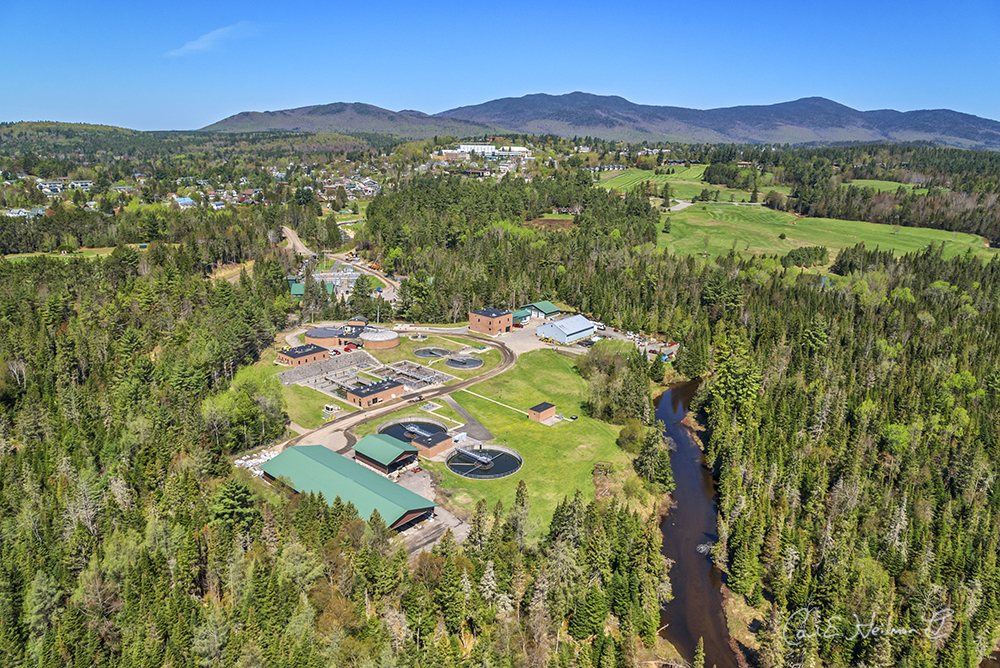 Lake Placid Wastewater Treatment Facility
Lake Placid Wastewater Treatment Facility
Water Quality Improvement and Resilient Infrastructure: $550 million
A portion of these funds will be dedicated to:
Water Infrastructure Improvement Act Projects: $200 million
Municipal Stormwater: $100 million
Many small communities in the Adirondacks face unique challenges updating old wastewater treatment facilities. Since the state boosted its investment in water infrastructure projects in 2015, Adirondack communities have benefited from $57 million in grants for their wastewater and drinking water facilities as well as other related clean water programs. Providing support to Adirondack communities to update necessary facilities will ensure that residents and visitors have access to clean drinking water and harmful wastewater stays out of sensitive environmental areas. The Bond Act will build on the success we’ve had in the Park in recent years.
Other Projects: $200 million
There are also $200 million slated to complement the types of projects listed in other categories.
Benefits of Previous Environmental Bond Acts
While it may be premature to speculate on the specific projects that will be funded by the Restore Mother Nature Bond Act, we can look to past bond acts to see how important they were in shaping the legacy of the Adirondack Park.
Since 1965, there have been five voter-approved environmental bond acts. Each has signified New York lawmakers’ and citizens’ renewed commitment to protecting valuable natural resources, public spaces and a clean environment. Across the Adirondack Park, one can find a wide variety of bond act projects that have helped shape the Park’s legacy.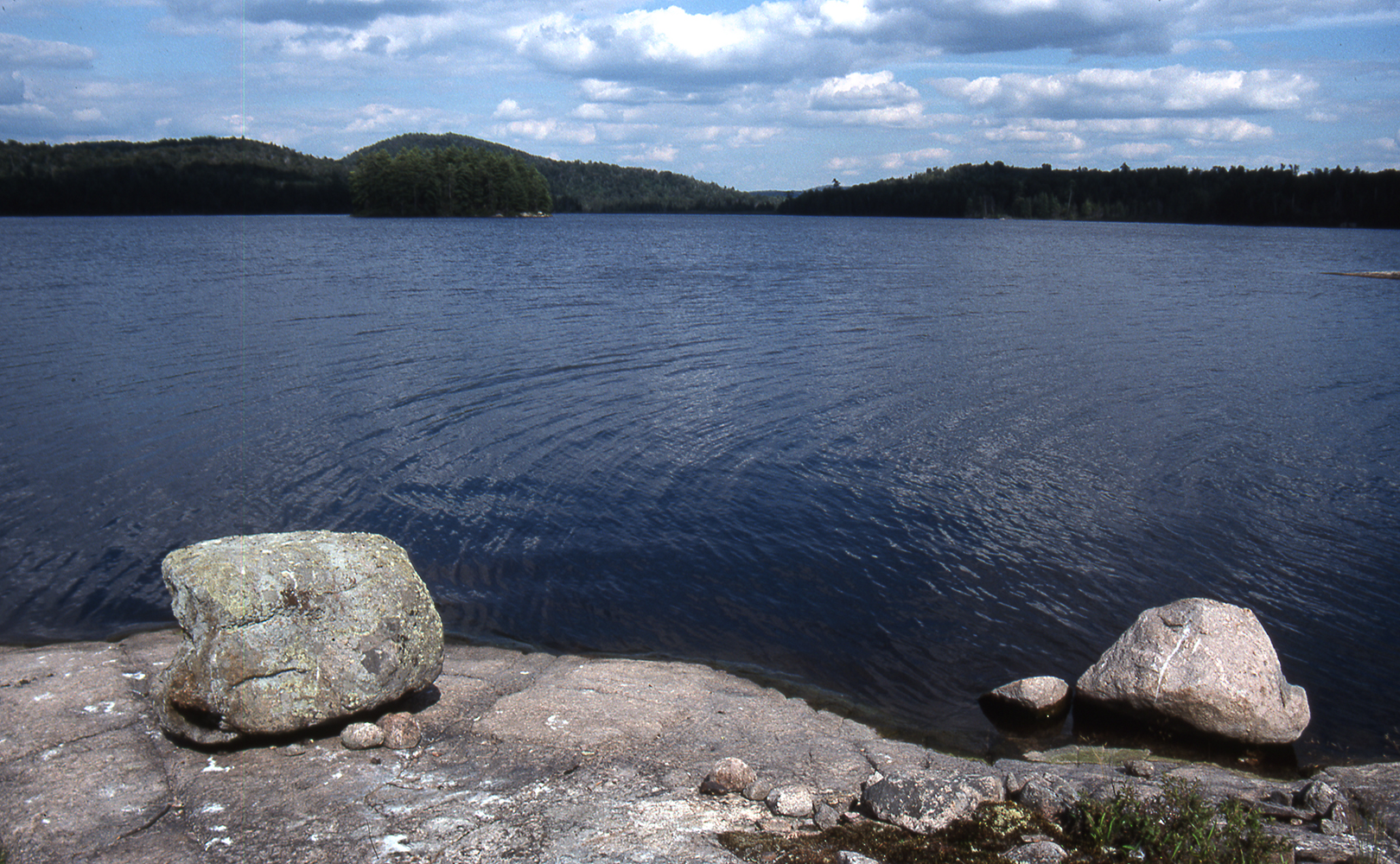 Rock Pond in the William C. Whitney Wilderness Area
Rock Pond in the William C. Whitney Wilderness Area
The $1.75 billion Clean Water and Clean Air Bond Act of 1996 allowed New York State to purchase many iconic lands and add them to the Adirondack Forest Preserve. Most notable were the acquisitions of Little Tupper Lake and 70 miles along the St. Regis, Oswegatchie and Grass Rivers. These purchases, along with the existing Lake Lila Primitive Area, were combined to create the William C. Whitney Wilderness Area. This Wilderness Area is one of the Park’s most special areas and provides world-class opportunities for bird watching, paddling, canoeing, and cross-country skiing. These types of land conservation projects help shape the Adirondack Park for generations and could not be possible without bond acts.
New Yorkers also approved bond acts in 1972 and 1986. Combined, the state invested a total of $35,794,000 in Forest Preserve land acquisitions between the Adirondack and Catskill Parks. The 1986 Bond Act was historic in that it not only allowed the state to purchase land to add to the Forest Preserve but also to purchase development rights on land using conservation easements. This was a way to preserve the wild character of many of the Park’s private lands without purchasing them outright. Also, using this bond act, the state acquired 15,000 acres of land including parts of the Cedar River and Cedar River Flow that lay on the border of West Canada Lake Wilderness Area.
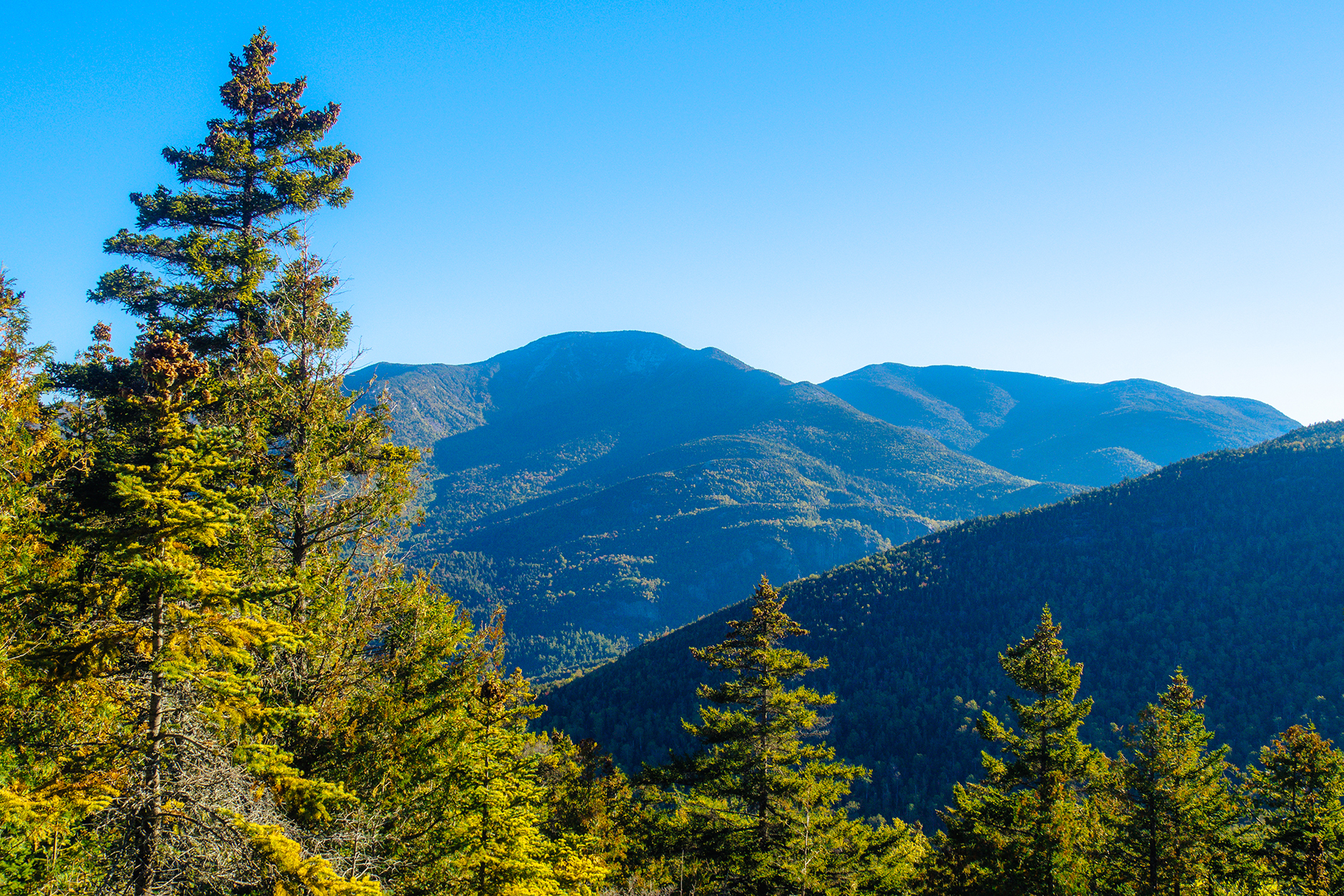 Noonmark Mountain purchased with monies from the 1972 Environmental Quality Bond Act - Photo by Anthony Muccari
Noonmark Mountain purchased with monies from the 1972 Environmental Quality Bond Act - Photo by Anthony Muccari
The 1972 Environmental Quality Bond Act allowed the state to acquire land that became part of the High Peaks Wilderness Area. In 1977, the state finalized the purchase that included 11 High Peaks, making all 46 High Peaks part of the “Forever Wild” Forest Preserve. Because of the foresight of the state and the voters who approved the 1972 Bond Act, these lands will forever be preserved as one of the most special areas in the Adirondack Park. Currently, this is also one of the most overused areas in the Park. However, with proper stewardship and comprehensive planning, these lands will continue to provide world-class wilderness experiences for generations to come.
The Restore Mother Nature Bond Act is Good for the Adirondacks
It has been over two decades since the last bond act. With the current challenges facing communities and the environment, the Restore Mother Nature Bond Act is a rare opportunity for the Adirondack Park, and one we must seize. In these uncertain times, the Adirondacks are a haven for clean air and water, wilderness and solitude which provide lasting physical and mental benefits to its residents and visitors alike. Just like previous bond acts, investments we make now will ensure that future generations are allotted the same wilderness opportunities as we have today.
 Casey Marvel is the Policy Fellow in the Council’s Albany office. He assists the government relations and communication teams by tracking legislation, researching issues and advocating for the Adirondacks. A native of Niskayuna, New York, Casey recently completed his Bachelor’s Degree in Political Science from the University of Albany, and is currently pursuing his Master’s in Political Science. Casey has always been intrigued and passionate about the Adirondacks, having visited the Park throughout his life, from fishing at Paradox Lake, to recently pursuing the 46 High Peaks.
Casey Marvel is the Policy Fellow in the Council’s Albany office. He assists the government relations and communication teams by tracking legislation, researching issues and advocating for the Adirondacks. A native of Niskayuna, New York, Casey recently completed his Bachelor’s Degree in Political Science from the University of Albany, and is currently pursuing his Master’s in Political Science. Casey has always been intrigued and passionate about the Adirondacks, having visited the Park throughout his life, from fishing at Paradox Lake, to recently pursuing the 46 High Peaks.




